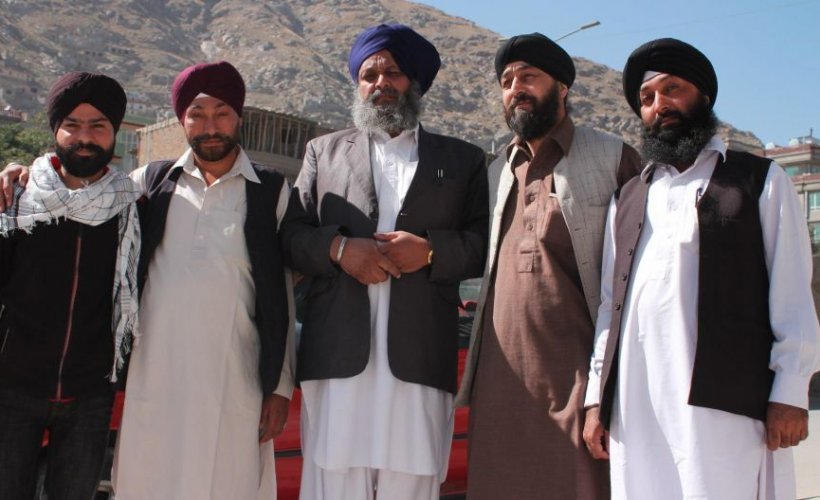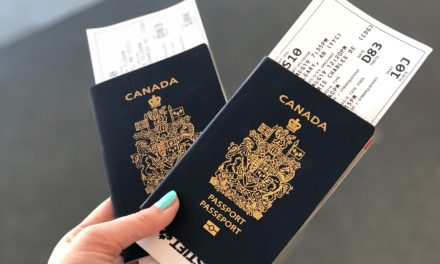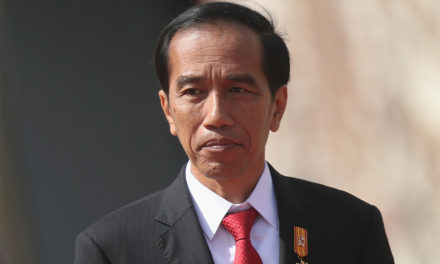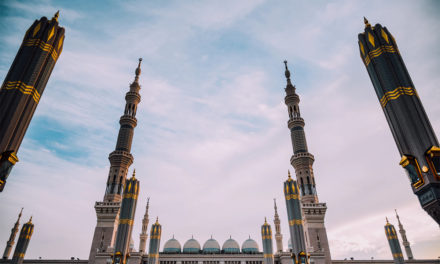Last week, an Islamic State gunman and suicide bomber killed 25 worshippers and wounded eight in a Sikh Gurdwara in the country’s capital, Afghanistan’s Interior Ministry said.
The gunman held the worshippers hostage for hours while Afghan and international officials tried to clear the building, managing to get out 80 people trapped inside.
At least one child was said to have been among those killed, according to the Ministry of Interior’s statement.
The gunman was identified as Abu Khalid al-Hindi, an Indian citizen.
India’s Defence Minister Rajnath Singh tweeted that the attack was “reprehensible”.
“My heart goes out to the families of those who have lost their loved ones in this heinous act against humanity. I also pray for the speedy recovery of the injured.”
“The enemy has once again exposed its savage character by launching today’s terrorist attacks on our dear countrymen. Terrorists will surely be punished,” an Afghanistan Ministry Spokesman tweeted.
UNITED SIKHS, a humanitarian relief NGO, in a statement said that “worshippers had gathered to pray for the world in response to the COVID-19 pandemic that has gripped the globe. Sadly, their prayers were shattered by the bullets of terror.”
The group has set up a GoFundMe page for urgent assistance to the Afghan Sikhs and their families impacted “by this horrific act of violence”.
The long legacy of Sikhs in Afghanistan
For centuries, a significant Sikh minority has grown in relative safety in Afghanistan. But, in the last few decades, persecution has made the population drop.
The majority are the descendants of members of the indigenous Afghan population who aligned themselves with the teachings of Guru Nanak, the first Guru of the Sikhs, during his visits to Kabul in the 15th century. The Afghan Sikh population grew in 1947 as Sikhs from the Potohar region of the newly formed Pakistan arrived after fleeing persecution following the partition of India.
There was a Sikh and Hindu population of as much as a quarter of a million people in Afghanistan in the early 1940s. Both religions were well represented in trade and government administration. The Sikhs particularly prospered during the 1933-1973 reign of Zakir Shah and the strongly secular period of Soviet rule.
However, the withdrawal of the Russian forces and arrival of the Mujahedeen placed the Sikhs of Afghanistan in severe difficulty. Their situation became worse still when the Taliban swept to power in 1994.
Read more: Interfaith Gesture to Open Kartarpur Corridor a Sign of Peace Between India and Pakistan
Under Taliban rule, they were asked to identify themselves by wearing yellow armbands and efforts were made to convert them to Islam. Noncompliance forced them to make financial contributions or face threats to their families.
In a 2010 interview with BBC World Service, Afghan Sikh Anarkali Kaur described how her community had significantly dwindled in numbers since 1991, with only 3,000 people remaining. A mass exodus of Sikhs from Afghanistan had begun in 1992 and continued throughout the 1990s and early 2000s as a result of the persecution of non-Muslims by the Taliban.
One of the biggest problems faced by Afghan Sikhs when trying to assert their rights is that extremists view them as immigrants from India.
The Diaspora
The problems faced by Afghan Sikhs in their country has caused many to leave. Therefore, there is a growing presence of Afghan Sikhs in many European countries, including Sweden and the UK.
The Afghan Sikh community in Britain is largely concentrated in Southall, West London, where its members have established the Gurdwara Guru Nanak Darbar (Afghan Ekta Society). Viewing Afghanistan as their homeland and speaking Pasto and Dari, the Afghan Sikh community differs in several ways from the mainly Punjabi speaking Sikh community which settled in the UK throughout the 20th century.
- Travellers are Rethinking Flying as Flight Shaming Takes Off - 1st March 2021
- Oxford-Backed Project Connects Partition Survivors to Their Ancestral Homes - 22nd February 2021
- Helping Your Own: A Young Aslyum Seeker Explains the Importance of Volunteering in the COVID Era - 7th September 2020






